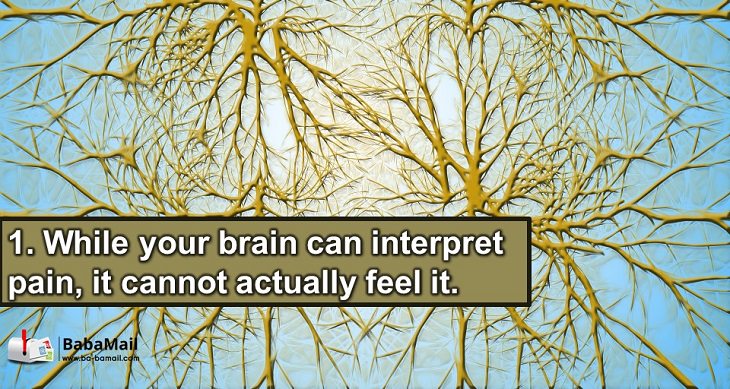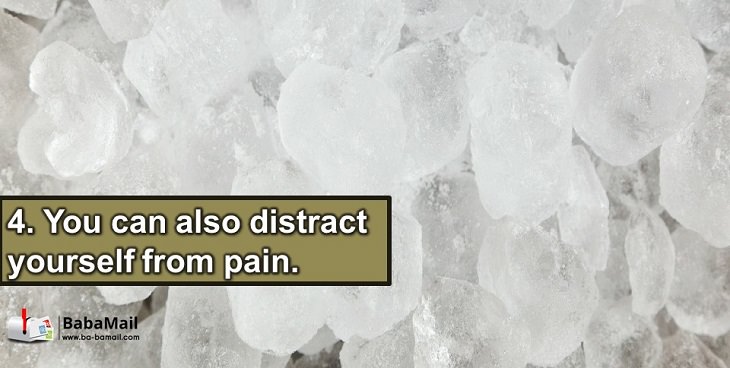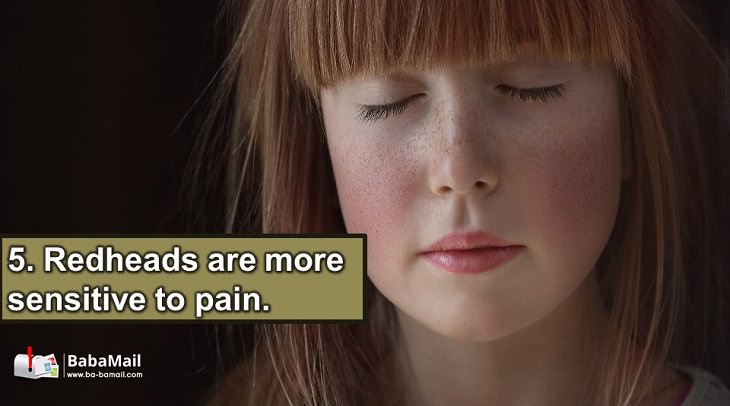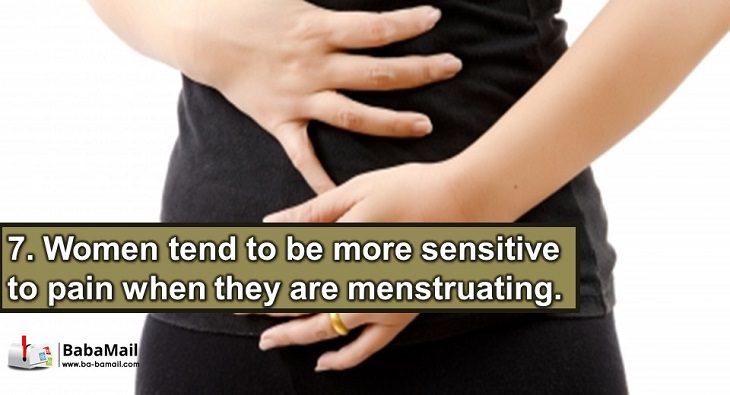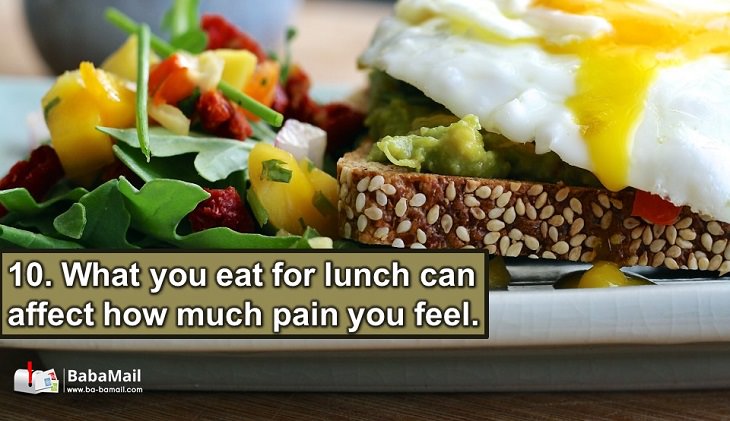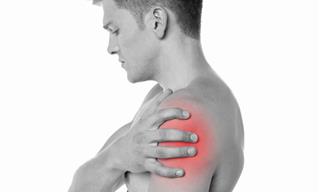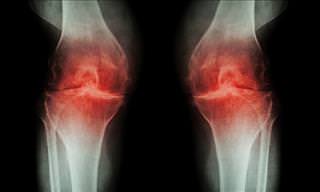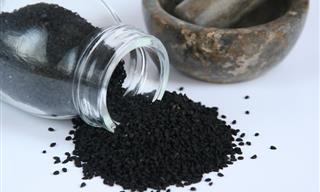There are instances when pain is easily identifiable, such as when you stub your toe on the edge of a table. But sometimes, pain can be more mysterious. You may for instance wonder why you get your weekly headaches, or why some people claim to have a high pain threshold, while others flinch at the slightest touch. Sometimes, pain has no known cause, nor does it ever seem to go away - so what does all of this mean? Right now there appears to be more questions than answers, though science is catching up and now we are able to understand the brain and how it processes pain more than ever before. Read on to discover 10 of the most surprising findings:
If, for instance, you sprain your ankle, nerve fibers send a signal to your brain, which recognizes the sensation as pain. Surprisingly, when something that would otherwise be painful, for instance surgery, happens in the brain itself, nerve fibers in the brain might send out the same types of signals as it would for a sore ankle, but, there's nowhere for them to go to be processed. This is why patients are often awake during brain surgery (and not in any pain) as surgeons can actively stimulate brain areas to make sure that the procedure is going as planned.
Pain is perceived differently by everyone. While some may describe it as just a little pressure, others appear to be in agony. But, why does this occur? When it comes to pain, a multitude of factors come into play - including structural and chemical changes in the brain, inflammation levels in the body and belief about pain from previous experiences - all this can affect how you would react.

As crazy as it might sound, evidence shows that meditation and cognitive behavioral therapy (CBT) (which addresses underlying thoughts and beliefs) can help lessen pain. CBT gives you the tools you need to frame pain in a different way in order to empower you to change your behavior. In fact, many people with chronic pain have firm beliefs that may be holding them back from getting better. For instance, while you may think that you are bound to break a bone if you exercise, in reality, what you do need is more activity as this will help you get stronger. In this case, therapy could provide the reality check you need to help you move forward.
The brain has trouble processing more than one sensation at a time. So if you ever find yourself in pain, focus on a different stimulus to distract you. This is why instinctively, you start rubbing on an area that hurts, in order to 'shake out' the pain and naturally override the sensation.
According to the Journal of the American Dental Association, a study in 2009 found that redheads are more likely to fear the dentist. It is believed that a specific genetic variant that results in their red hair also makes them resistant to certain anesthetics, making them more likely to have painful dental experiences. It is believed that there may be something unique about the gene variation that makes redheads metabolize painkilling drugs differently to others.
While it may be the last thing on your mind when you are feeling lousy, studies show that doing the deed can alleviate pain. In fact, in a study conducted in 2013, 60 percent of migraine sufferers said that those who had sex during an attack saw their symptoms improve. One explanation could be due to the feel-good endorphins that are released in the brain when aroused, which act as the body's natural painkillers.
Women tend to feel more pain during their premenstrual or menstrual phases of their cycle, studies show. One plausible explanation holds that when estrogen levels are high, pain sensitivity is low, and when estrogen levels are low, pain sensitivity is high. The reasons why, however, are not as yet fully understood.
In fact, women are more prone to pain, or they simply may be more likely to complain about it - either way, no one knows for sure, but doctors do tend to see more women who describe being in pain, though research hasn't shown much difference between the two sexes when it comes to processing pain in the brain. Though it is likely that hormones do play a role. Gender roles may also affect how men ought to perceive pain, with some believing that they shouldn't talk about it or seek care for their pain. Higher rates of depression and anxiety in women may also play a part.
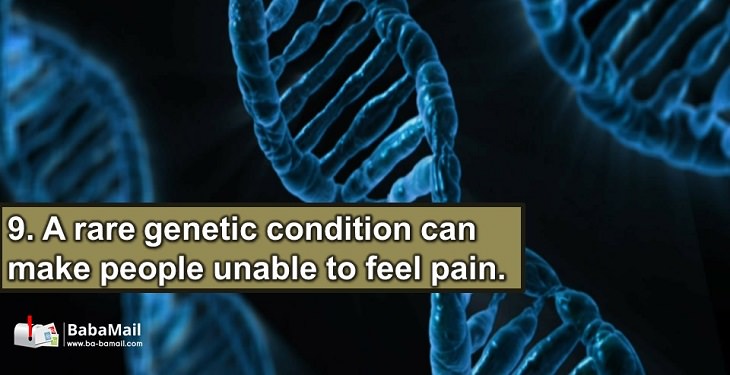
This condition is so rare that only about 20 cases have ever been reported. People with congenital insensitivity to pain, which is caused by specific gene mutations will not be able to feel any pain if they burn their hand on the stove - though they are able to tell the difference between hot and cold. While it may be a condition most of would like to have, it can actually be really dangerous. Pain serves as a warning sign, telling you that something is wrong. Without the ability to process pain, you can end up with third-degree burns instead of a mild blister, for instance.
One of the biggest culprits of chronic pain is inflammation - the redness and swelling that in small doses helps your body heal. Lifestyle choices, including the food you eat can heighten your inflammation tolerance - from processed foods, to refined grains and sugars as well as overdoing it on alcohol. Opt for healthy fats, lean proteins, whole grains and colorful produce to keep your inflammation down.
Source
 Go to BabaMail
Go to BabaMail


